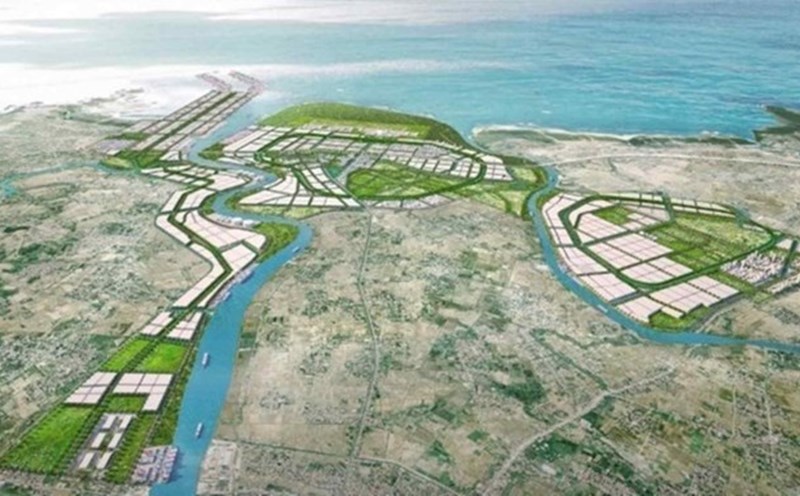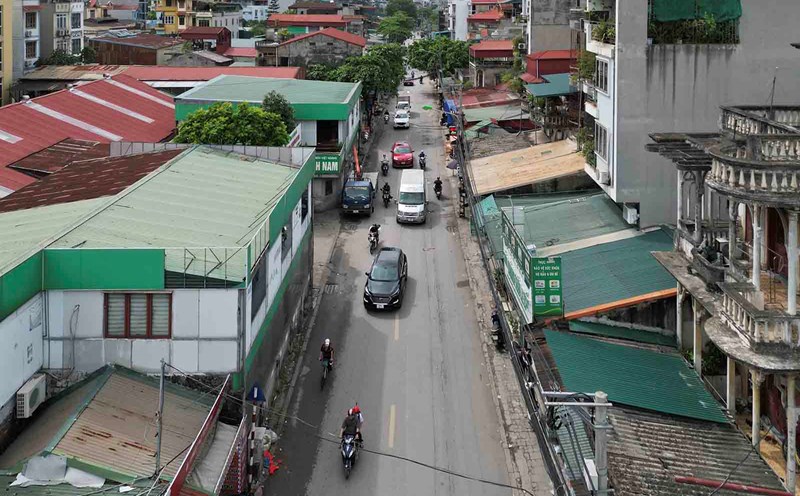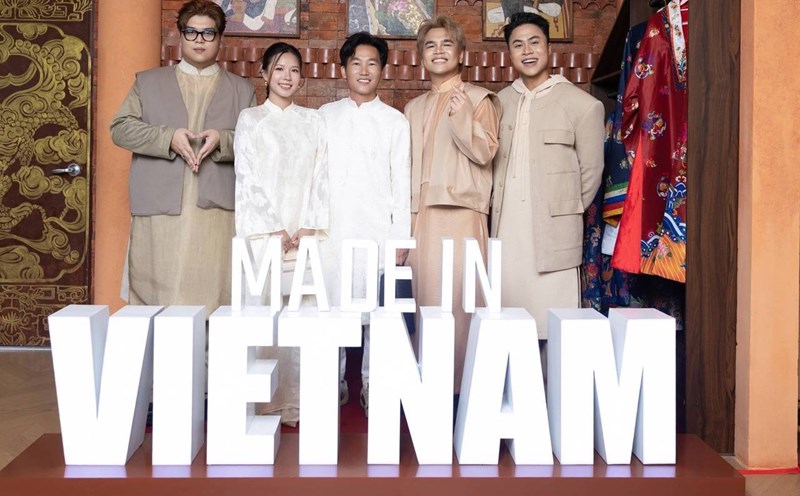Industrial development space needs to be reshaped
After merging with Ba Ria - Vung Tau and Binh Duong provinces, Ho Chi Minh City has a special advantage in terms of industrial land fund (expected to reach 37,724 - 40,124ha by 2030) and regional infrastructure conditions. However, Dr. Nguyen Thanh Trong - Eastern International University commented that many existing industrial parks (IPs) are outdated, small in scale, and located in residential areas. The city needs to quickly review the overall planning, develop new industrial parks according to a specialized, green, smart and ecological model, linked to urban areas.
At the same time, it is necessary to speed up the progress of strategic transport routes, upgrade river ports, ICD dry ports and take advantage of waterway transport. At the same time, research and develop an industrial railway line connecting industrial parks in the North - Northwest and East - Northeast of Ho Chi Minh City to Cai Mep - Thi Vai port cluster to optimize regional logistics.
Dr. Pham Viet Thuan - Director of the Ho Chi Minh City Institute of Economics - Natural Resources and Environment said that the merger of administrative units creates a strong motivation for Ho Chi Minh City to promote the development of logistics supply chains. This is an area with many clusters, industrial parks and factories concentrated in the Southeast region - an important advantage for logistics development.
Can Gio will become a new development pole, playing a role in urban connectivity and forming a strategic logistics center, when combined with the existing Cai Mep - Thi Vai port cluster and Cat Lai port.
Building a new role in the industrial value chain
In addition to the new space, Ho Chi Minh City also needs to establish a new role in the regional industrial value chain. Mr. Pham Van Viet - Permanent Vice President of the Ho Chi Minh City Textile and Fashion Association - said that Ho Chi Minh City cannot always be the end-of-the-line production center. The integration of industry - urban - seaport after the merger is an opportunity for the city to rise to become a strategic coordination center of the Southern industrial chain.
Accordingly, Ho Chi Minh City needs to play the role of a center for design, innovation, and product development; at the same time, building a smart logistics system that closely connects ports - industrial parks - urban areas, and developing an industrial data platform for businesses to make quick and accurate decisions.
An important aspect is the development of key industries with high added value. Re-locationing the industry development strategy will help Ho Chi Minh City lead regional linkages. The city needs to plan a long-term strategy in accordance with the 4.0 industrial revolution and international standards such as carbon and origin.
Ms. Ly Kim Chi - Vice President of the Ho Chi Minh City Business Association, President of the Food and Foodstuff Association - proposed three strategic orientations for the development of the food industry. First, re-planning the industry in a modern and synchronous direction, identifying food processing as a pillar of the urban economy by 2040. Food industrial parks need to be located in areas with clean land funds, standard infrastructure, convenient connection with raw material areas and consumption markets; at the same time, invest in a cold logistics center in Cai Mep - Thi Vai to complete the export chain.
Second, developing R&D centers, independent testing facilities and training high-quality human resources to serve the food chain.
Third, perfecting policies to support businesses, issuing unified procedures on investment, environment, and food safety to avoid overlapping procedures after the merger. Currently, the change of administrative address still lacks guidance, causing concerns about the legal validity of international certificates. Ms. Chi also proposed the establishment of an industrial working group according to industry groups to maintain dialogue, remove obstacles and build policies close to reality.











